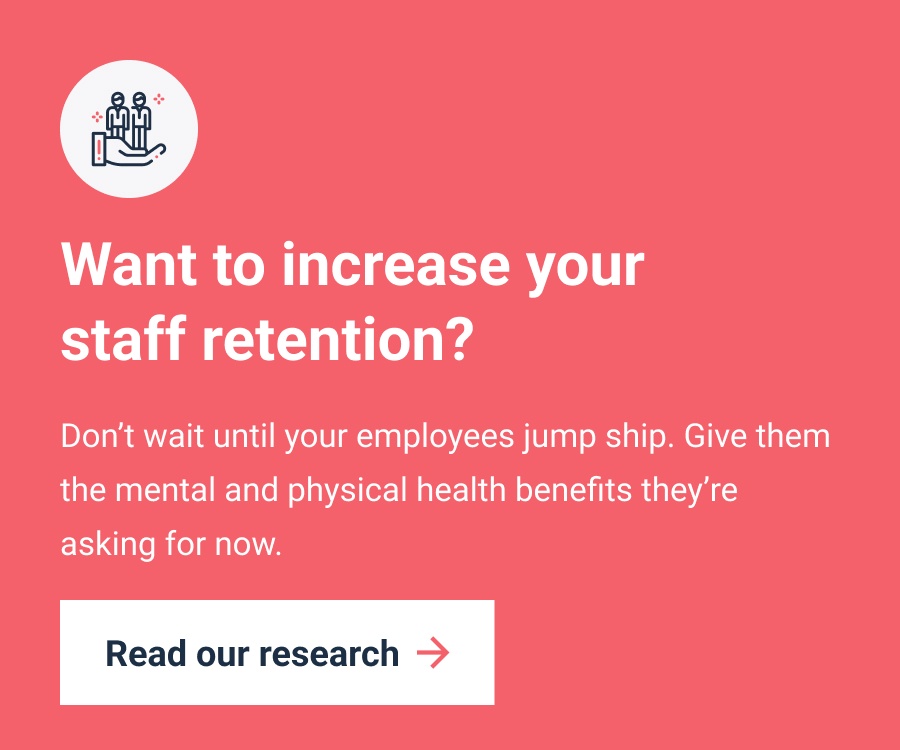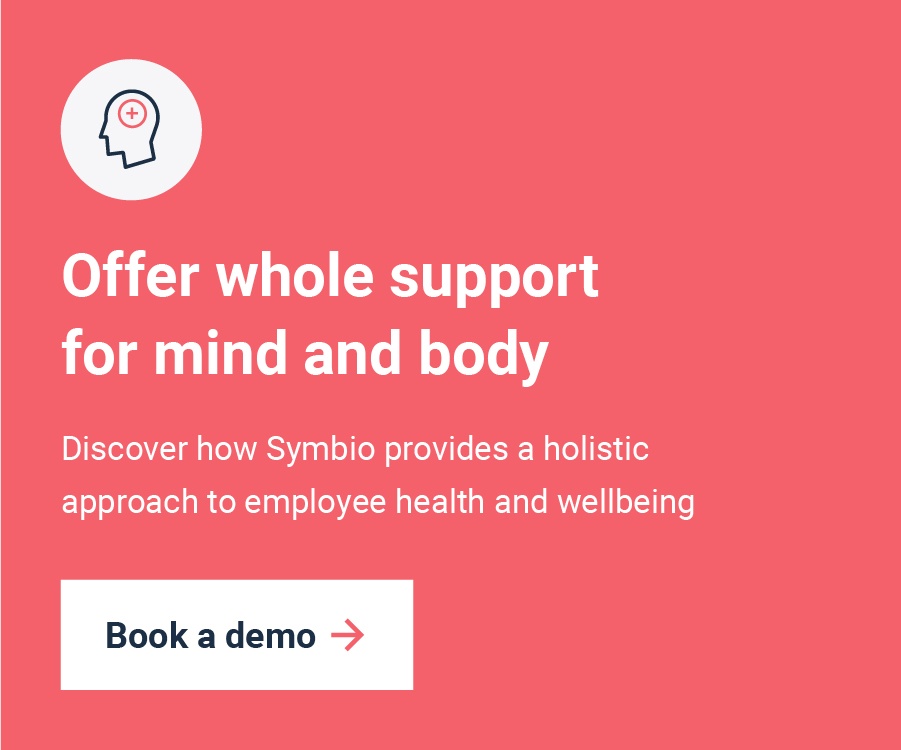In the last year, 84 percent of people needed to see their GP, yet 55 percent of them avoided making an appointment.
There are many reasons someone might choose to avoid seeing their doctor, including:
- Finding the process difficult due to confusing online systems.
- Thinking their problems aren’t serious enough.
- Being worried about the burden on the NHS in part due to the ‘Protect the NHS’ messaging.
- Feeling like they don’t have enough time.
But often, the main cause is long wait times. For your employees, this can make it difficult to come to work while suffering from a health condition that’s awaiting attention. This can result in decreased employee wellbeing and increased absences.
GP access challenges have also led to a rise in ‘silent sufferers’. These are individuals who choose to deal with their health problems in isolation. This could be life-threatening for your employees, depending on the condition.
But, these aren’t the only ways that reduced GP access can affect your staff.
The impact of GP access challenges on your workforce
If your employees can’t see a GP, their health concerns will go unchecked. This can also have a knock-on effect on other issues they might be experiencing. Indeed, over half of the Brits who refrained from making a GP appointment experienced a negative impact on their mental and physical health as a result. Specifically:
- 50 percent reported a negative impact on their mental health.
- 11 percent reported a severe impact on their mental health.
- 66 percent reported experiencing pain and discomfort from physical symptoms.
Beyond causing discomfort, lack of access to medical support can also negatively impact your employees’ performance at work. For example:
- Physical pains requiring occupational therapy can make it difficult to work at a desk.
- Hormonal issues, such as an underactive thyroid, can lead to increased tiredness and muscle weakness.
- Mental health issues—like anxiety and depression—can lead to difficulty concentrating and irritability.
How to support NHS services and your employees
Prioritise health in your workplace
Start by helping your employees understand the importance of good health. This should encourage them to seek medical support when they need it and not avoid their GP.
There are some general ways to do this, such as allowing time off for GP appointments and listening to health concerns in one to ones. But here are a few more specific things you can try:
- Reduce health risks at work. Nearly two million working people suffered from a work-related illness in the last year. Things that can pose a risk to your employees’ health include accidents as a result of trip hazards or dangerous machinery. Or, it can be due to disease, such as those caused by asbestos exposure. Addressing health and safety concerns protects your workforce and prevents them from needing GP assistance as a result of their job.
- Improve knowledge of healthy behaviours. Even if your workplace is perfectly safe, your employees may still engage in unhealthy behaviours. This could involve smoking during breaks, slouching while working, or poor manual handling of heavy objects causing musculoskeletal disorders.
- Encourage preventative care like vaccinations and regular screenings. Make your employees aware that vaccinations are available (and in most cases, free) for a variety of diseases. You could also encourage those with a cervix to book cervical screenings to reduce the risk of cervical cancer.
Offer alternative ways of seeking help
Does your wellbeing package offer services that can help alleviate the issues around booking GP appointments?
You might choose to offer private healthcare that grants remote access to a doctor or nurse. These health packages often come with other benefits your employees will value, including health insurance to cover medical treatment or access to private helplines.
You could also provide a holistic digital wellbeing app, like Symbio, that offers 24/7 virtual GP access. This simplifies the process of booking an appointment with a GP or other medical professionals, such as nurses, occupational therapists, and mental health counsellors.
Provide access to clinically valid wellbeing support
What if your employees still don’t want to book an appointment? Try offering them some medically verified resources so they can try to mitigate their issues themselves.
How you choose to deliver these resources is up to you, but our preferred method is via a digital wellbeing app. An app like Symbio has a growing library of science-based, self-therapeutic programmes. These help your employees foster healthier behaviours and support physical and mental health goals.
And if your employees want a more personal touch, they just need to speak with the Symbio chatbot. It’ll provide them with content full of recommendations and support that’s right for them.
Improved access, improved care
The number of people avoiding making GP appointments increased by 13 percent in the last year. As a result, the number of people experiencing mental and physical conditions without the treatment they need will increase too.
To help ease pressure on the NHS and provide your employees with medical support, we’d recommend sharing clinically valid advice and offering holistic healthcare benefits.
With an app like Symbio, you can streamline your entire wellbeing package into a simple, easy-to-use digital platform. That way, you can equip your employees to take their health into their own hands. Book a demo to get started.






%20(1)-1.jpg?width=800&height=450&name=christina-wocintechchat-com-YCrgxs3e9lY-unsplash%20(1)%20(1)-1.jpg)